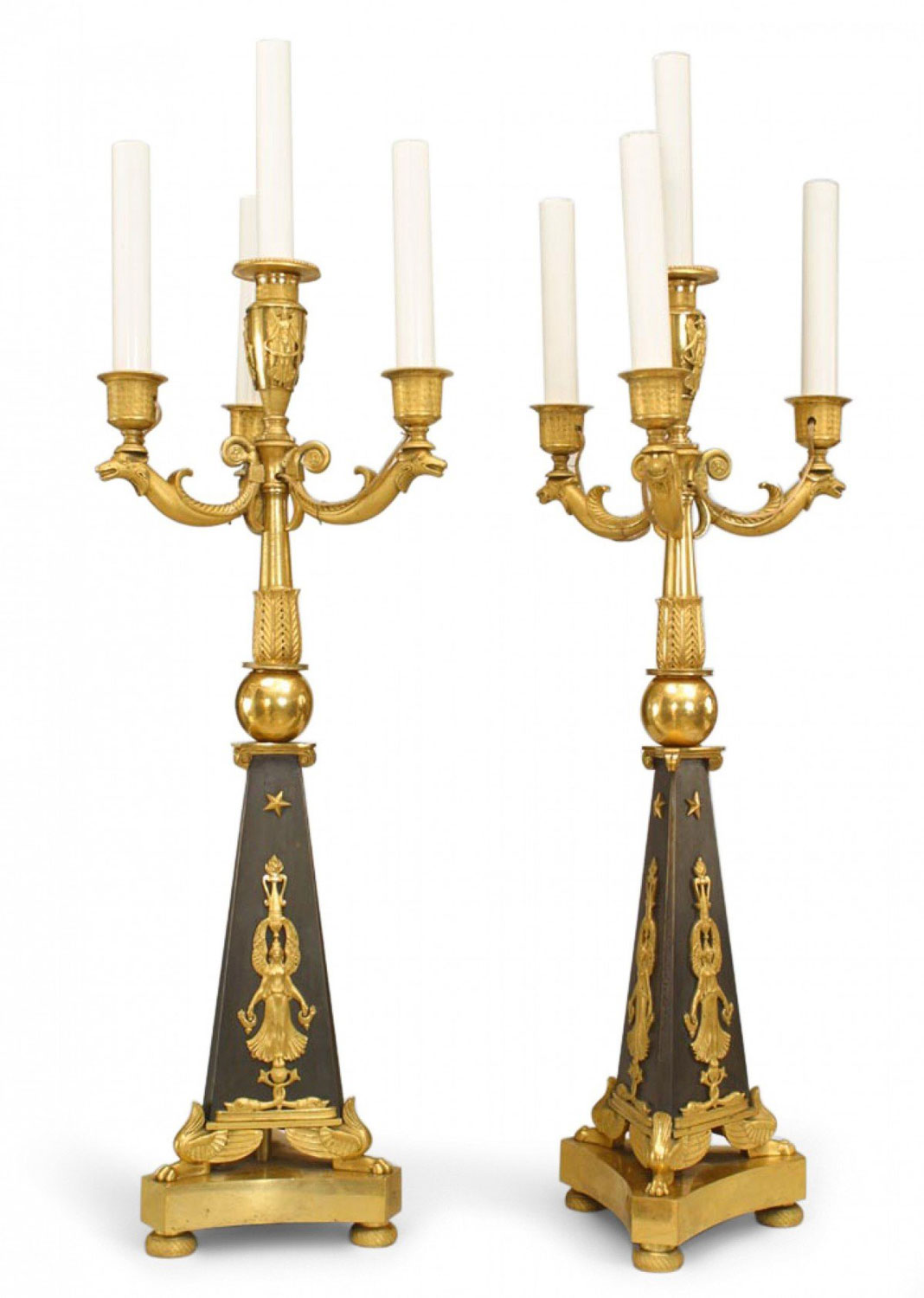X
{{ modalTitle }}
PLEASE FILL IN THE REQUIRED FIELDS.X
X
{{ modalTitle }}
Choose one of the options below.X
ITEM SUCCESSFULLY
ADDED TO PROJECT
French Charles X Gilt Bronze Centerpiece
 French
French Empire
Empire Accessories/Décor/Bric-a-Brac, Dining Room
Accessories/Décor/Bric-a-Brac, Dining Room Vases/Urns, Dining Accessories, Candle Holders/Centerpieces
Vases/Urns, Dining Accessories, Candle Holders/Centerpieces
Newel Warehouse
32-00 Skillman Ave
Long Island City NY - 11101
 (212) 758-1970
(212) 758-1970
French Charles X Gilt Bronze Centerpiece

Newel Warehouse
32-00 Skillman Ave
Long Island City NY - 11101
 (212) 758-1970
(212) 758-1970
 Accessories/Décor/Bric-a-Brac, Dining Room
Accessories/Décor/Bric-a-Brac, Dining Room Vases/Urns, Dining Accessories, Candle Holders/Centerpieces
Vases/Urns, Dining Accessories, Candle Holders/CenterpiecesEmpire
A period of design during the reign of Napoleon I. It was most prevalent between 1800 and the late 1820s. It was considered the second wave of neoclassicism and marked a return to ostentatious design, a departure from the more conservative Directoire period that directly preceded it. It was intended to idealize the majesty of the French state and Napoleonic rule. Mahogany was the most popular wood during the period, and brass ornamentation and dark marbles were in vogue. Greek, Roman, and Egyptian motifs were also widely used. The style spread throughout Europe and appeared in America in some of Duncan Phyfe's work.
Filigree
Primarily refers to fine, ornate metalwork (mainly in gold, silver, or copper), that is intricately patterned and used as ornamentation or embellishment, particularly in fine jewelry making. More broadly, the term can refer to any ornamental openwork that is delicate or fine that resembles a metal filigree in its pattern, but in other mediums.
Gallery
A gallery is the ornamental railing around the edge of a table or desk. These can be made from wood, or various metals.
Empire
A period of design during the reign of Napoleon I. It was most prevalent between 1800 and the late 1820s. It was considered the second wave of neoclassicism and marked a return to ostentatious design, a departure from the more conservative Directoire period that directly preceded it. It was intended to idealize the majesty of the French state and Napoleonic rule. Mahogany was the most popular wood during the period, and brass ornamentation and dark marbles were in vogue. Greek, Roman, and Egyptian motifs were also widely used. The style spread throughout Europe and appeared in America in some of Duncan Phyfe's work.
Filigree
Primarily refers to fine, ornate metalwork (mainly in gold, silver, or copper), that is intricately patterned and used as ornamentation or embellishment, particularly in fine jewelry making. More broadly, the term can refer to any ornamental openwork that is delicate or fine that resembles a metal filigree in its pattern, but in other mediums.
Gallery
A gallery is the ornamental railing around the edge of a table or desk. These can be made from wood, or various metals.
Empire
A period of design during the reign of Napoleon I. It was most prevalent between 1800 and the late 1820s. It was considered the second wave of neoclassicism and marked a return to ostentatious design, a departure from the more conservative Directoire period that directly preceded it. It was intended to idealize the majesty of the French state and Napoleonic rule. Mahogany was the most popular wood during the period, and brass ornamentation and dark marbles were in vogue. Greek, Roman, and Egyptian motifs were also widely used. The style spread throughout Europe and appeared in America in some of Duncan Phyfe's work.
Filigree
Primarily refers to fine, ornate metalwork (mainly in gold, silver, or copper), that is intricately patterned and used as ornamentation or embellishment, particularly in fine jewelry making. More broadly, the term can refer to any ornamental openwork that is delicate or fine that resembles a metal filigree in its pattern, but in other mediums.
Gallery
A gallery is the ornamental railing around the edge of a table or desk. These can be made from wood, or various metals.










